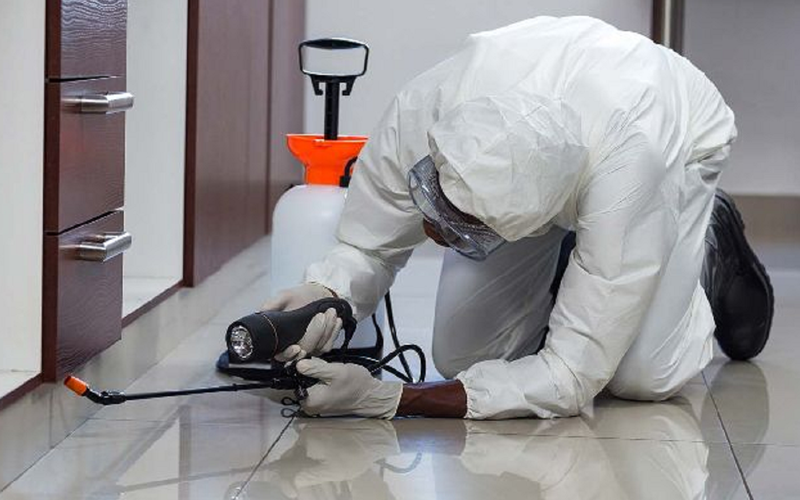
Termite control is crucial for preventing damage to wooden structures, as termites can cause significant harm if left unchecked. Here are some strategies for termite control
Applying termiticides to the soil around a structure creates a barrier that prevents termites from entering. This method can be a preventive measure during construction or used as a treatment around existing structures.
Termite bait stations are placed in the ground around the perimeter of a structure. Termites feed on the bait and carry it back to their colonies, effectively controlling the population. These systems can be effective in reducing termite numbers. Using wood treated with chemicals that repel or kill termites is a preventive measure. Pressure-treated wood or surface applications of termiticides on vulnerable wood areas can deter termite infestations. Regular inspections by pest control professionals can help detect termite activity early. They can provide targeted treatments to eliminate the infestation using specialized chemicals or techniques. Termites are attracted to moisture. Ensuring good drainage, fixing leaks, and reducing moisture around structures can make the area less appealing to termites. Installing physical barriers like metal screens or sand particles around pipes and foundations can deter termite movement.
It's important to note that preventing termite infestations is often more effective and economical than dealing with an existing infestation. Combining multiple strategies for termite control, such as using both soil treatments and bait systems, might offer more comprehensive protection.